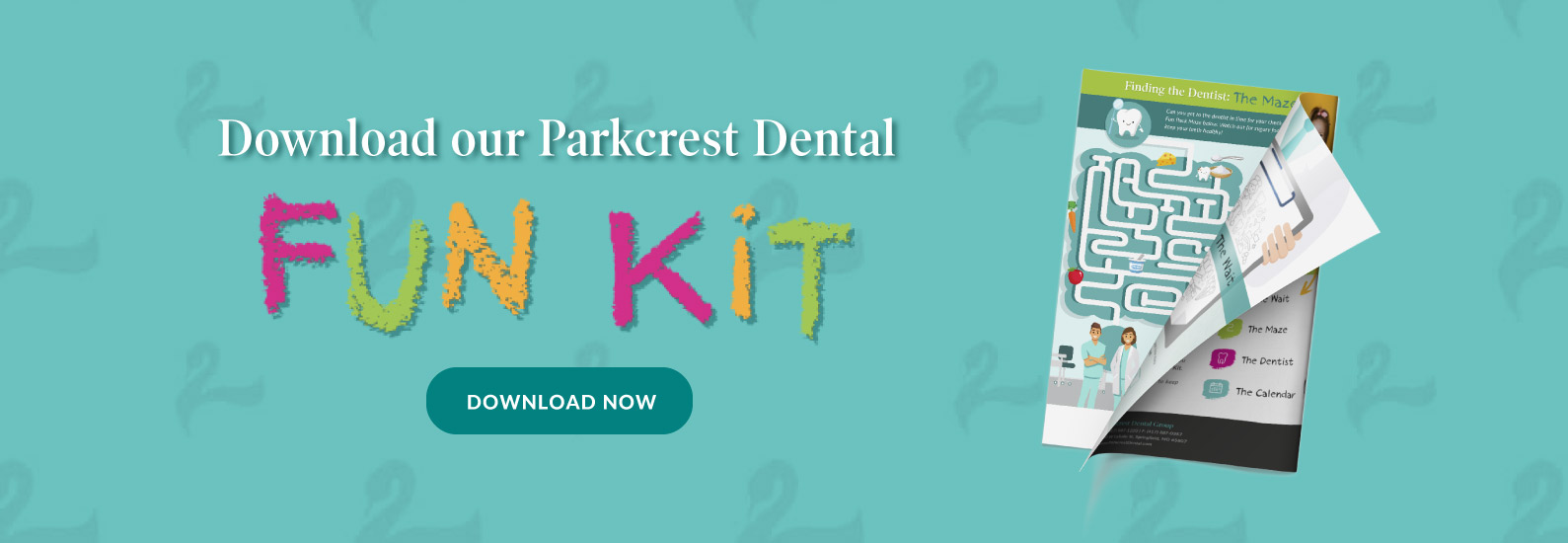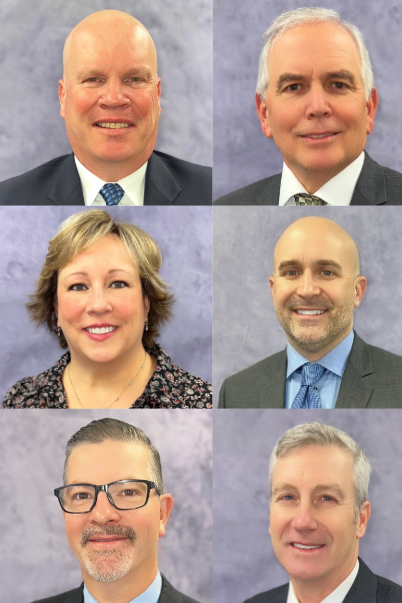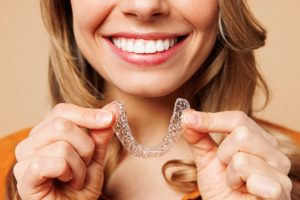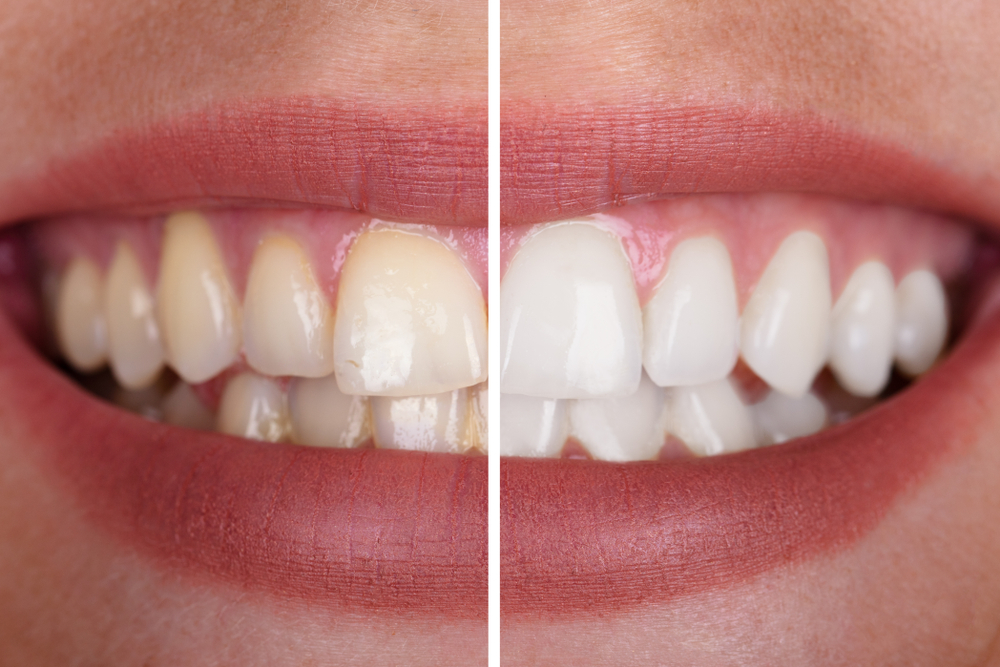As your child gets older and their teeth start to grow in, it may be time for them to start learning how to use dental hygiene products. These are products ranging from toothpaste to floss to mouthwash. It’s important that children know how to correctly use these products so that they can start practicing oral hygiene in their daily routines. The more often they use them, the more regular the routine becomes; this means less struggle getting your child to brush later in life. Dr. Stuart Scott and his team at Parkcrest Dental will give you some tips in this blog for how to teach your child to correctly use toothpaste, toothbrushes, floss, and mouthwash.
Related Post: How To Choose The Right Toothpaste
Toothpaste/Toothbrush
Teaching your child how to use toothpaste when they brush is a great first step to introducing them to practicing good oral hygiene. You can usually start teaching them to use toothpaste when many of their baby teeth have begun to grow in.
Use A Kid-Friendly Toothpaste: When a child first uses toothpaste, they may not understand that it is something you shouldn’t swallow. Dr. Stuart Scott recommends getting your child a kid-friendly toothpaste when they first start learning to brush. This ensures that even if they do consume the product that it won’t harm them.
Only Use A Small Amount: A little goes a long way when it comes to toothpaste. Using big globs of toothpaste is wasteful and doesn’t help clean your teeth any more than usual. A pea-sized amount of toothpaste is just enough to get your teeth clean. Squeeze the toothpaste from the bottom of the tube for quicker application.
Look In The Mirror When You Brush: After your child has applied the toothpaste and wet their toothbrush, tell them to look in the mirror as they brush. This allows them to see precisely what teeth they’re brushing as well as the ones they’re missing. Watching yourself brush is a great way to perfect your technique and make sure every tooth is clean.
Related Post: Why Mouthwash Can’t Compete With Brushing
Floss
When your child’s teeth start growing in, and their baby teeth have begun to grow closer together (usually between the ages of 3-6), it may be time to teach them how to floss. Flossing is an essential part of your oral hygiene routine because of how effective it is at dislodging food from your teeth. Flossing is essential because it can prevent gum disease, infection, and give you an overall clean mouth.
Use A Soft Floss: If your child is around the age of three, be sure to use a softer floss than you’d typically use. Since children’s gums are a lot more tender and sensitive than adults, using a harder floss can cause damage. Look for kid-friendly floss in the dental hygiene aisle to start off teaching your child.
Tear Off A Bigger Amount Than Normal: While adults don’t typically need large pieces of floss to get the job done, it may be harder for children to hold it when starting out. If your child is struggling to hold the floss correctly, tear off a bigger piece than normal. This way they can better control the floss until they become more comfortable with the process.
Demonstrate For Them: Flossing can be one of those tricky things that can better be taught by demonstrating. Before your child gets busy flossing, sit down with them with your own piece of floss and show them how to do it. Demonstrate how to get the floss between your teeth and how hard you should be pulling to dislodge anything stuck between your teeth. After you’ve finished demonstrating, assist them in doing it the first time. Start with careful movements, and encourage them not to floss too hard. Flossing forcefully doesn’t always mean you’ll get better results.
Mouthwash
When your child has mastered brushing and flossing, it’s time to teach them how to use mouthwash. If you’re looking to advance your child’s oral hygiene, mouthwash is a great place to start. Although mouthwash isn’t a necessity to have perfectly clean teeth, its added benefits can help your child keep their mouth a lot cleaner.
Use Alcohol-Free Mouthwash To Start: Regular mouthwash can be dangerous to swallow if your child does it by accident. When you first start teaching them, use an alcohol-free mouthwash. This way, if they accidentally swallow it you know it can’t cause them any harm. It’s essential to teach them at the beginning that mouthwash isn’t something that can be swallowed.
Assist Them: After they’ve poured a decent amount, assist them in bringing the cup up to their lips, so it doesn’t spill. Tell them to swish the substance around in their mouth a few times before spitting it out into the sink.
Help Them Understand The Importance: While mouthwash is an effective dental hygiene product to conquer bad breath, it can’t take the place of brushing. Let your child know how important it is to keep brushing your teeth while using mouthwash as a supplement.
Visit Dr. Stuart Scott At Parkcrest Dental
If your child requires a dental check-up, visit Parkcrest Dental’s pediatric dentist Dr. Stuart Scott for your first appointment. Dr. Scott has been helping children improve their dental hygiene for over thirty years and can help teach your child the importance of dental health. Contact Parkcrest Dental today to schedule your first appointment.





